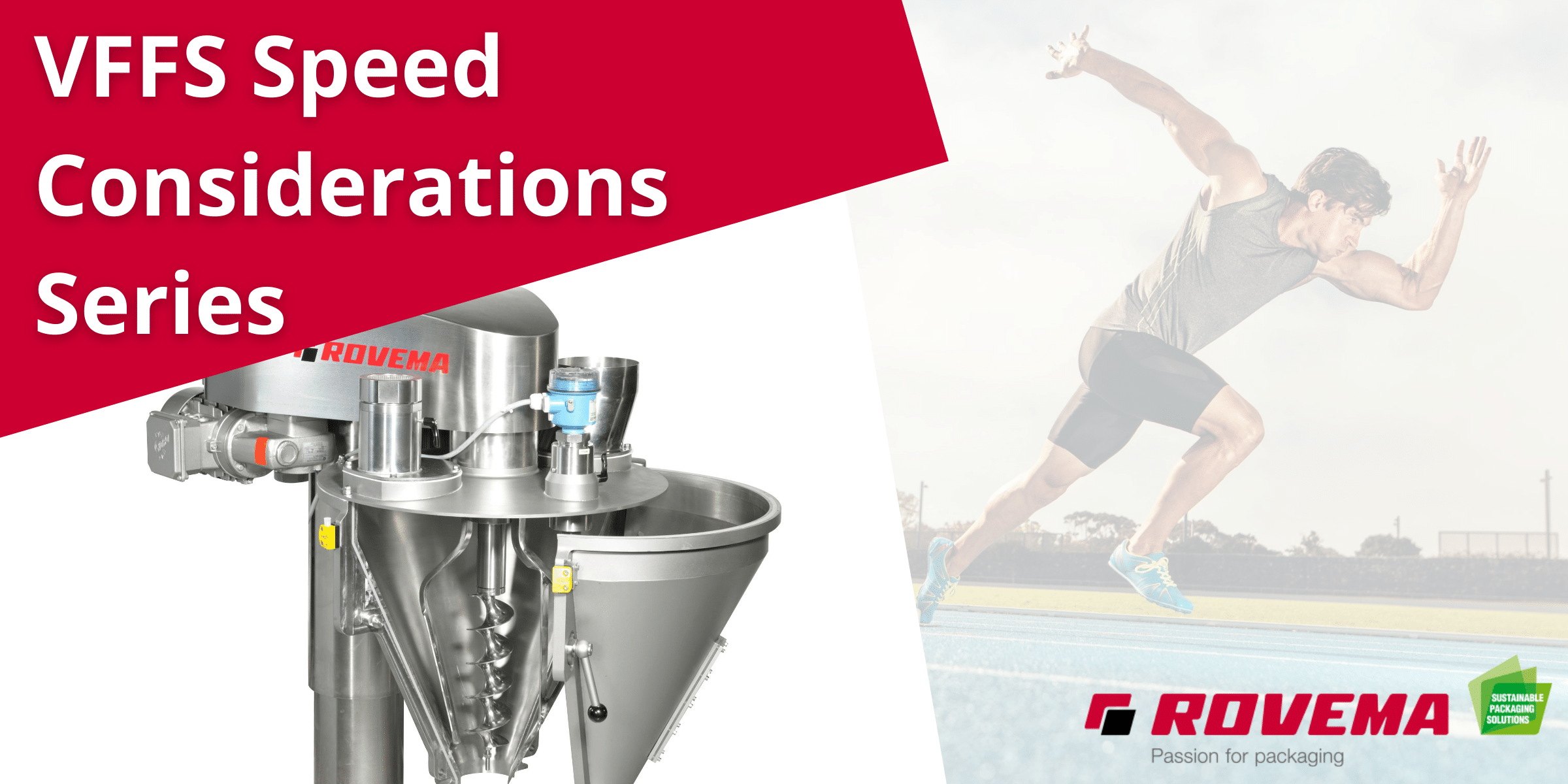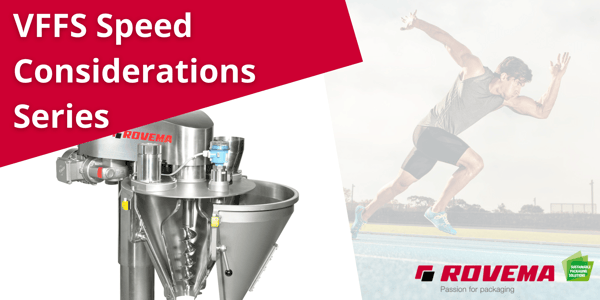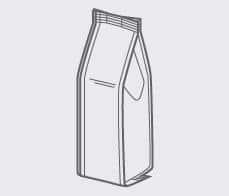3 min read
Product Characteristics: VFFS Speed Considerations Part 2
 Emily Brogan
:
Updated on May 22, 2024
Emily Brogan
:
Updated on May 22, 2024

 VFFS Speed Considerations
VFFS Speed Considerations
Last week we kicked off our series on VFFS speed considerations, and discussed how package width and head space relate directly to the speed of your packaging. (If you missed it. You can view the post here.)
In part two, we are discussing product characteristics and how to maximize the efficiency of your food packaging machinery line for a wide variety of products.
In this post we're going to lay out each of these characteristics and how they will impact the speed of your packaging line:
-
-
Weight of your product
-
Shape of your product
-
Stickiness of product
-
Product Weight- Bricks or Feathers?
.png?width=299&name=Copy%20of%20Untitled%20(24).png)
The packaging process of coffee is a great example of how differing product weights contribute to overall effectiveness of a VFFS solution.
Whole bean coffee glides smoothly through the packaging process, behaving like dense rocks with minimal issues like dust or stickiness. Whether it's a light or dark roast, whole bean varieties exhibit consistent behavior on the packaging line, making them an efficient choice for high-speed operations.
This cannot be said of ground coffee when comparing light and dark roasts. The variance in density between light roast coffee and french or dark roast coffee has a tendency to cause problems for the coffee industry, particularly with filling accuracy and seal integrity.
Ground dark roast coffee is incredibly airy and dusty because of how much more moisture is lost during the roasting process compared to lighter roasts. While the lower mass may not seem like a big deal, it can create issues while trying to run high speed coffee packaging equipment at 140 bags per minute. For more information on specific speed considerations for coffee packaging, click here for another resource.
For light weight products there are specific factors that need to be wisely addressed to achieve consistent high speeds. Ensuring that your package has enough head space to account for any kick-back of the product when it lands is imperative.
To address issues with static build-up in high-friction products or challenging climates, utilizing a static eliminator is recommended. This will prevent fine particles from adhering to the film in the seal area, ensuring seal integrity.
For Rovema, an effective solution for handling light and airy products involves using an adjustable column jack on their Auger filler. By reducing the drop height of the product, kickback upon landing is minimized, and the product has less opportunity to string out in the tube.
Product Shape
In most cases, product stringing out is typically viewed as a drawback. However, for products with awkward shapes, allowing the product to string out is actually key to achieving optimal results, especially in the realm of frozen food packaging.
Take green beans, for instance. They have a suitable density for filling and don't present any dust or stickiness issues. Yet, their elongated shape poses its own set of challenges. When dropped all at once, their form leads to product bridging both above and within the filling tube, restricting the movement of individual pieces.
To address this issue, deliberately allowing the product to string out promotes greater movement of the pieces, enabling them to fall into place more effectively.
Product Stickiness
While most sugary products don't have a sticky exterior at room temperature, since a coating of powdered sugar or wax or even an individual wrapper is added to keep the products free flowing, the real issues that effect overall speed and efficiency happen during the sealing process.
For candy packaging on a VFFS machine, if a piece strings out incorrectly and gets caught by the seal jaws, this can become a maintenance nightmare. Sugary products being mashed into the seal not only is going to create seal integrity issues caught either down the line or in the market just causes the waste of the rest of the package but also, the product as a tendency to get cooked onto the seal jaws, making clean up a time consuming process.
If the issue is not addressed immediately, the product build up with continue to result in reduced seal integrity and wear down the knife and the seal jaws at a faster pace.
Sense and Seal® technology has effectively eliminated the issue of product buildup in the seal area for Rovema customers allowing them to avoid costly unexpected down time and increase the useful life of their spare parts.
The technology is so sensitive when detecting a product at high speeds, that even a lightweight product, like a marshmallow, is detected and the seal process is halted. The Sense and Seal® process is shown below:
The Final Section: Complexity of Package Formation
When it comes to packaging trends like stand-up pouches, balancing complexity and speed can sometimes feel like a challenge. However, by embracing easier-to-form bag styles that still offer great merchandising appeal, you can meet the evolving preferences of consumers.
In the upcoming final segment of our speed considerations series, we'll delve into the intricacies of different VFFS bag styles and how they can impact the overall speed of your packaging line.
If you'd like to stay updated on when we release the last installment of this series, be sure to subscribe to our blog at the top of the page.

Don’t Spill The Beans: Minimizing Waste When Packaging Coffee
{% video_player "embed_player" overrideable=False, type='scriptV4', hide_playlist=True, viral_sharing=False, embed_button=False, autoplay=True,...

1 min read
Package Width and Head Space: VFFS Speed Considerations Part 1
VFFS Speed Considerations For all industries, it does not matter if business is booming or you are experiencing hardship, in all cases there are...
